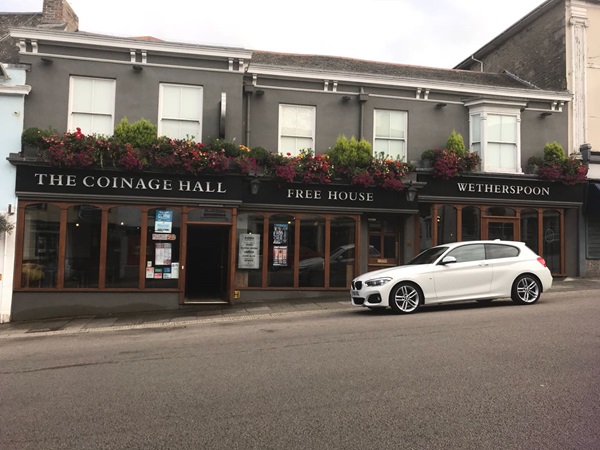9–11 Coinagehall Street, Helston, Cornwall, TR13 8ER
Former long-standing shops (built as town houses in the early 1800s) make up this pub building, now grade II listed. By the early 1900s, a cabinet-making business was well established here. Later, for nearly 80 years, the premises became a furniture store. It is now named after the coinage hall which stood in the middle of the street from the late 1500s until c1810. Locally mined tin was taken there to be assayed.
A photograph and text about The Coinage Hall.
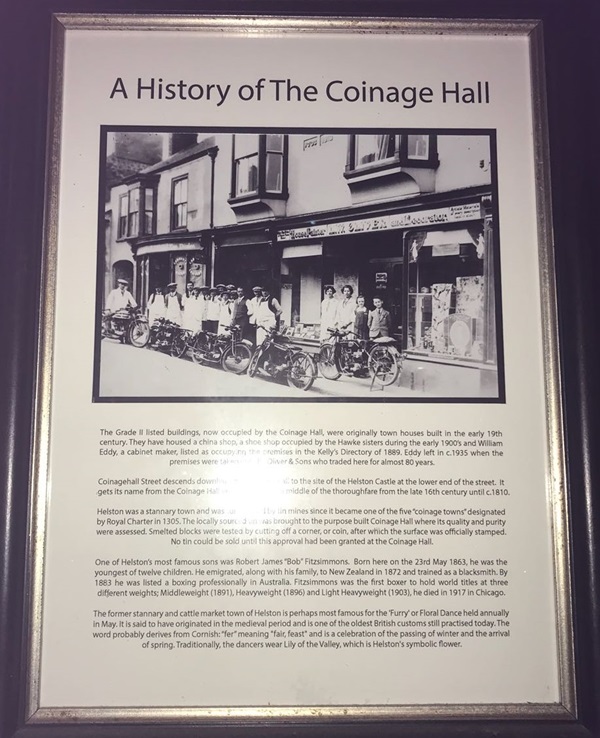
The text reads: The grade II listed buildings, now occupied by the Coinage Hall, were originally town houses built in the early 19th century. They have housed a china shop occupied by the Hawke sisters during the early 1900’s and William Eddy, a cabinet maker, listed as occupying the premises in the Kelly’s Directory of 1889. Eddy left in c1935 when the premises were taken over by Oliver & Sons who traded here for almost 80 years.
Coinagehall Street descends downhill from the Guildhall to the site of the Helston Castle at the lower end of the street. It gets its name from the Coinage Hall which stood in the middle of the thoroughfare from the late 16th century until c1810.
Helston was a stannary town and was surrounded by tin mines since it became one of the five ‘coinage towns’ designated by Royal Charter in 1305. The locally sourced tin was brought to the purpose built Coinage Hall where its quality and purity were assessed. Smelted blocks were tested by cutting off a corner, or coin, after which the surface was officially stamped. No tin could be sold until this approval had been granted at the Coinage Hall.
One of Helston’s most famous sons was Robert James ‘Bob’ Fitzsimmons. Born here on the 23 May 1863, he was the youngest of twelve children. He emigrated, along with his family, to New Zealand in 1872 and trained as a blacksmith. By 1883 he was listed as boxing professionally in Australia. Fitzsimmons was the first boxer to hold world titles at three different weights; Middleweight (1891), Heavyweight (1896) and Light Heavyweight (1903), he died in 1917 in Chicago.
The former stannary and cattle market town of Helston is perhaps most famous for the ‘Furry’ or Floral Dance held annually in May. It is sad to have originated in the medieval period and is one of the oldest British customs still practiced today. The word probably derives from Cornish: ‘fer’ meaning ‘fair, feast’ and is a celebration of the passing of winter and the arrival of spring. Traditionally, the dancers wear Lily of the Valley, which is Helston’s symbolic flower.
A photograph of No.11 Coinagehall Street, 1935.
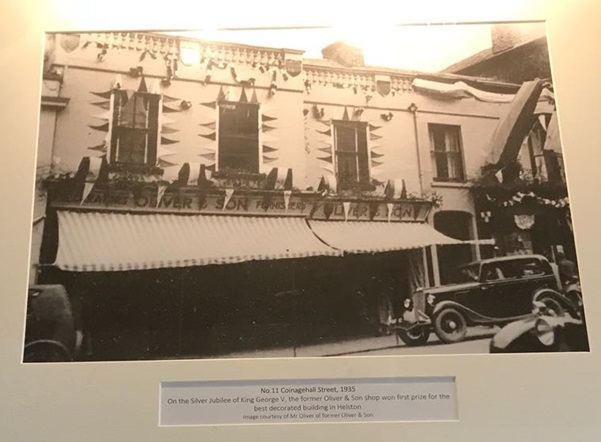
On the Silver Jubilee of King George V, the former Oliver & Son shop won first prize for the best decorated building in Helston.
Image courtesy of Mr Oliver of former Oliver & Son.
A photograph of the Midday Dance on Flora Day, Church Street.
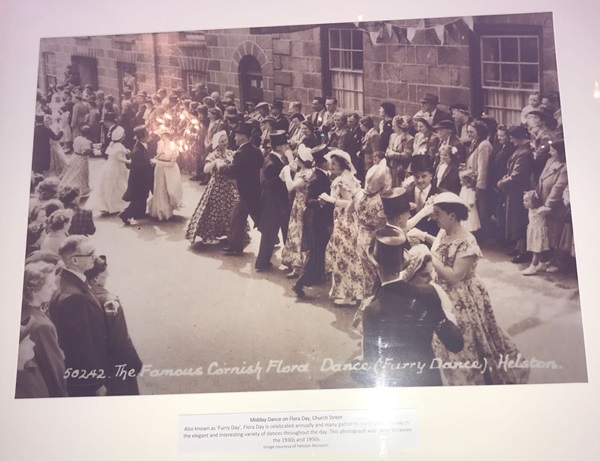
The origins of the dance are dated pre-Christian and are connected with ancient spring festivals all over Europe. Nowadays its ancient intention of ushering in prosperous harvests goes hand in hand with the splash of colour all over the town, the joyous music and high spirits of all involved. This photograph was taken between the 1930s and 1940s.
Image courtesy of Helston Museum
The Floral Dance sheet music by Katie Moss.
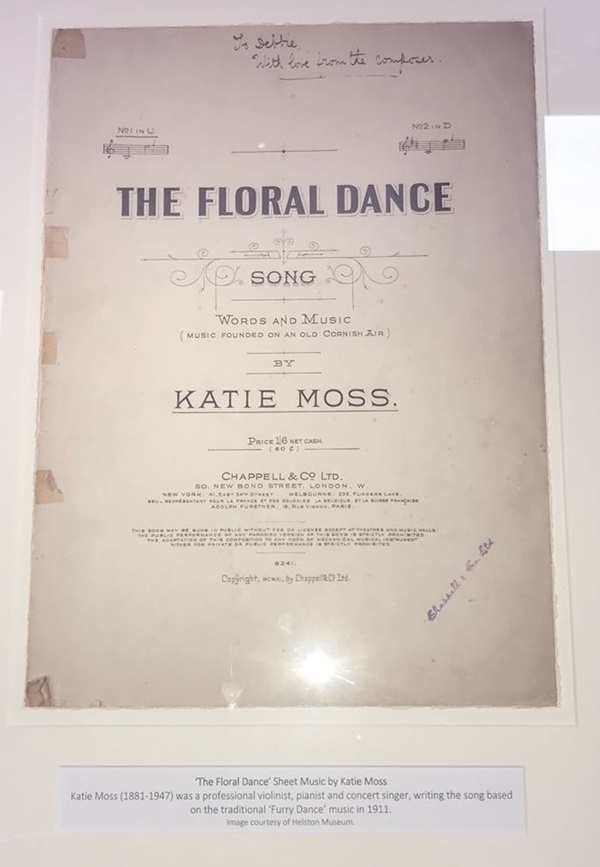
Katie Moss (1881-1947) was a professional violinist, pianist and concert singer, writing the song based on the traditional Furry Dance music in 1911.
A photograph of No.11 Coinagehall Street, 1934.
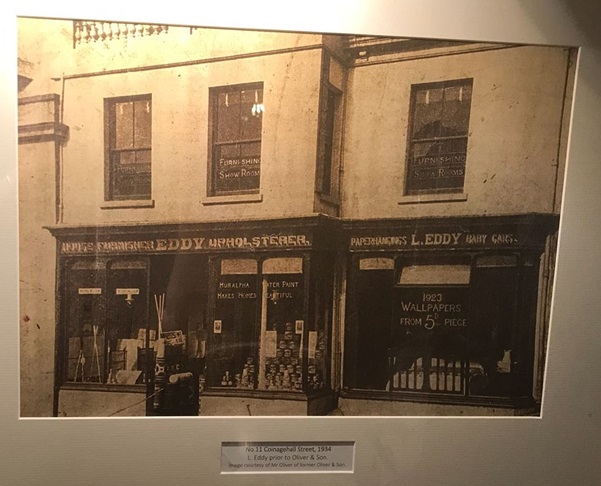
L Eddy prior to Oliver & Son.
Image courtesy of Mr Oliver of former Oliver & Son.
A photograph of Flora Day Dance, 1962.
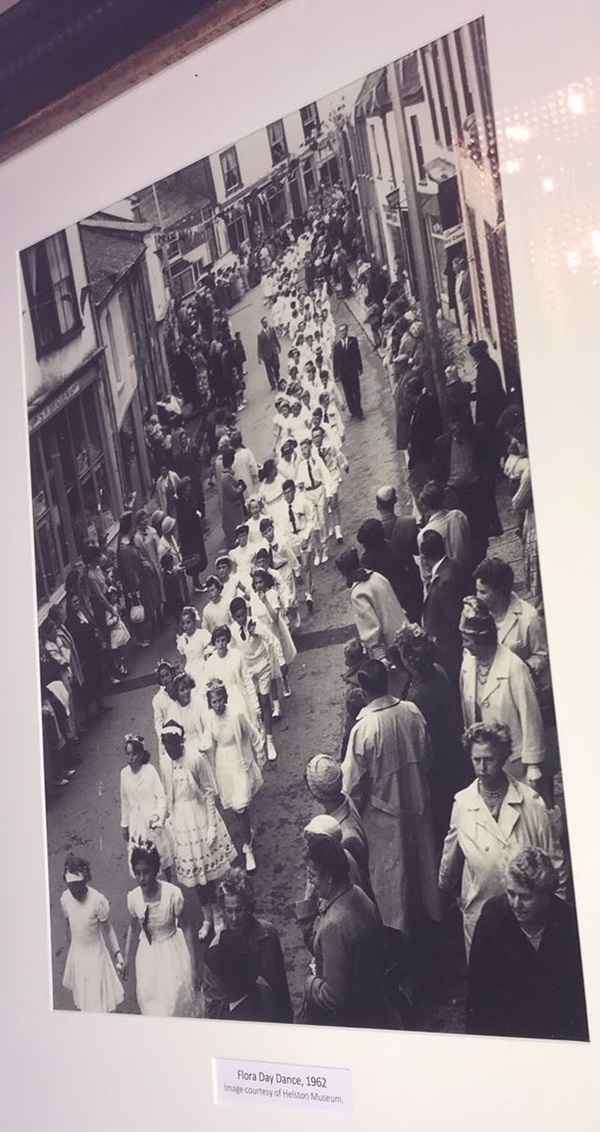
Image courtesy of Helston Museum.
An old copy of The Illustrate Record.
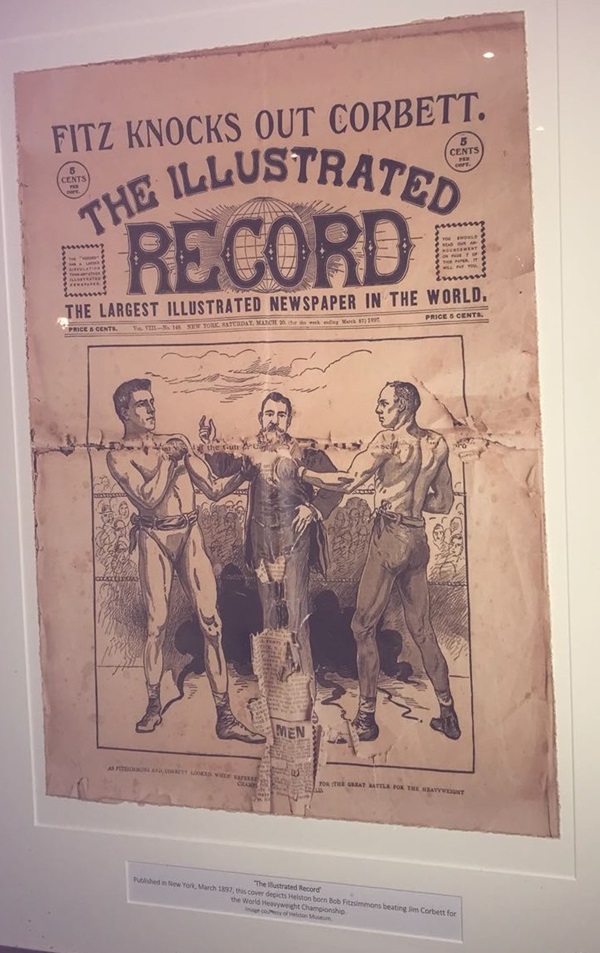
Published in New York, March 1897, this cover depicts Helston born Bob Fitzsimmons beating Jim Corbett for the World Heavyweight Championship.
Image courtesy of Helston Museum.
A photograph of Coinagehall Street, 1940/50s.

Image courtesy of Helston Museum.
A photograph of Coinagehall Street, early 1900s.
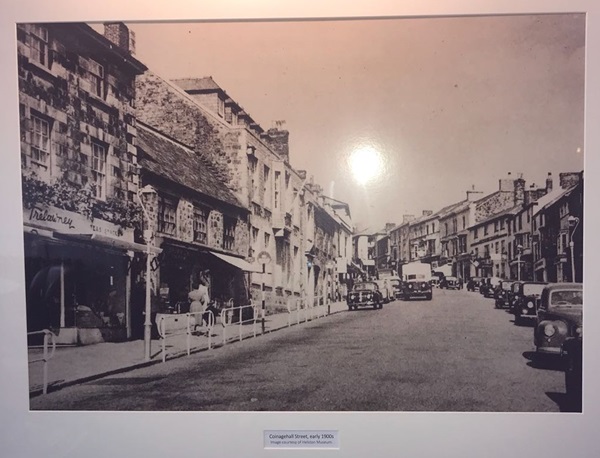
Image courtesy of Helston Museum.
A photograph of Bob Fitzsimmons, 1863-1917.
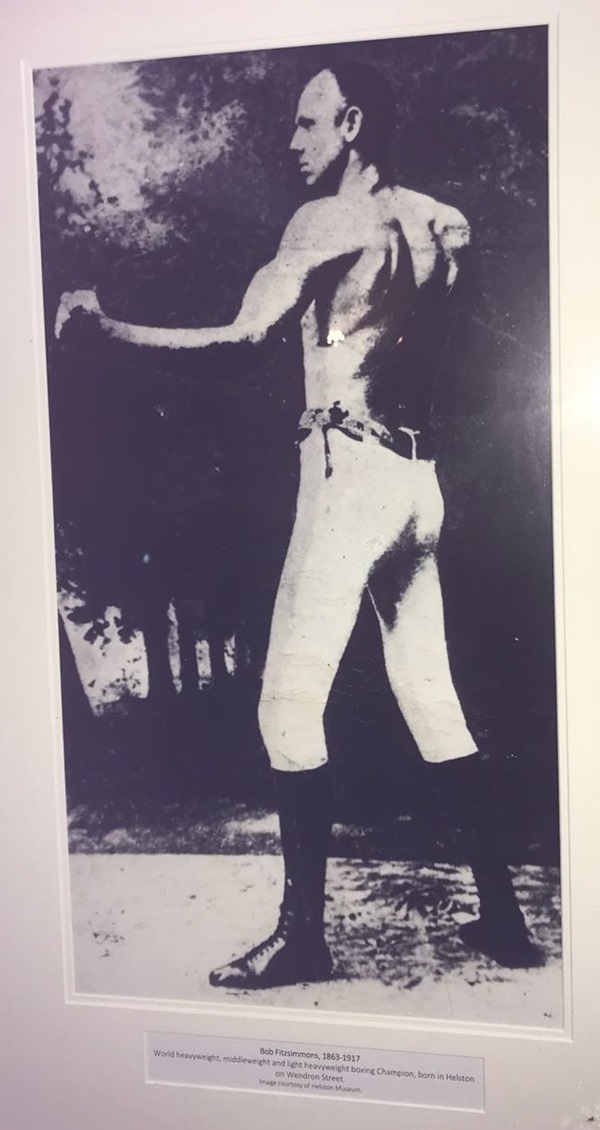
World heavyweight, middleweight and light heavyweight boxing Champion, born in Helston on Wendron Street.
Image courtesy of Helston Museum.
A photograph of the Midday Dance on Flora Day, Church Street.
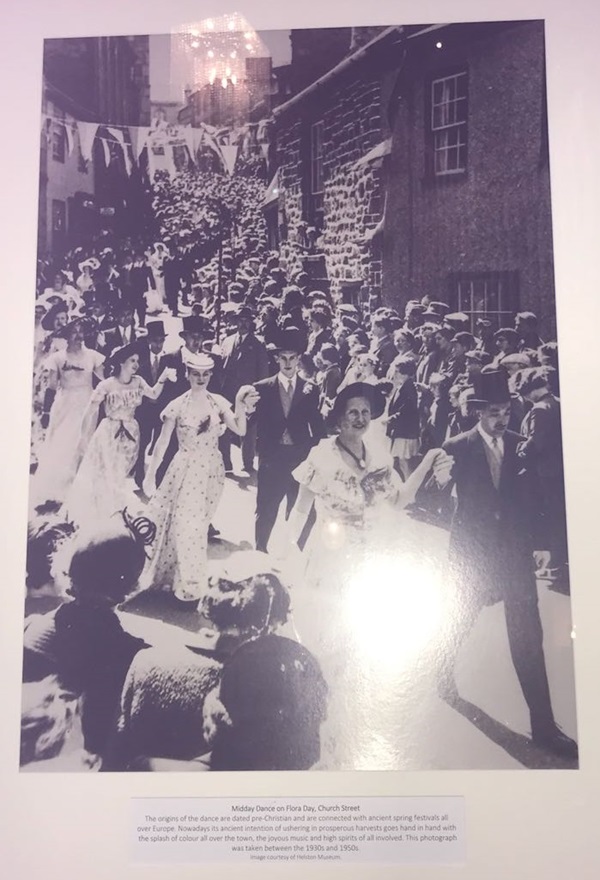
The origins of the dance are dated pre-Christian and are connected with ancient spring festivals all over Europe. Nowadays its ancient intention of ushering in prosperous harvests goes hand in hand with the splash of colour all over the town, the joyous music and high spirits of all involved. This photograph was taken between the 1930s and 1940s.
Image courtesy of Helston Museum.
A photograph of Wendron Street, early 1900s.
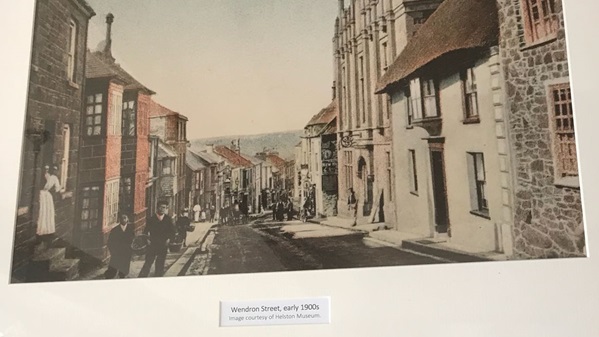
Image courtesy of Helston Museum.
The Memories Vocal Waltz Sheet Music.
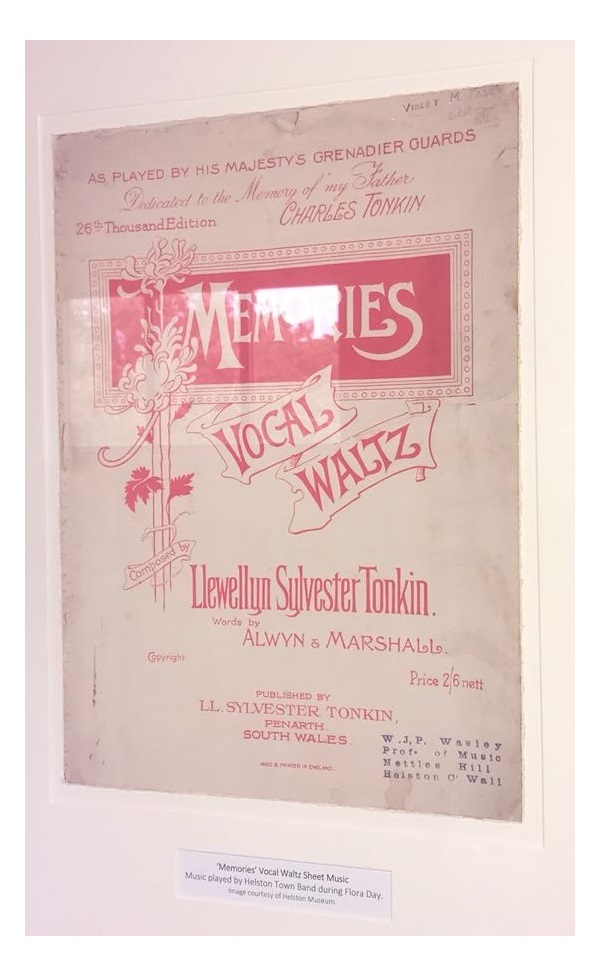
Music played by Helston Town Band during Flora Day.
Image courtesy of Helston Museum.
A photograph of the Flora Day Dance, 1950.
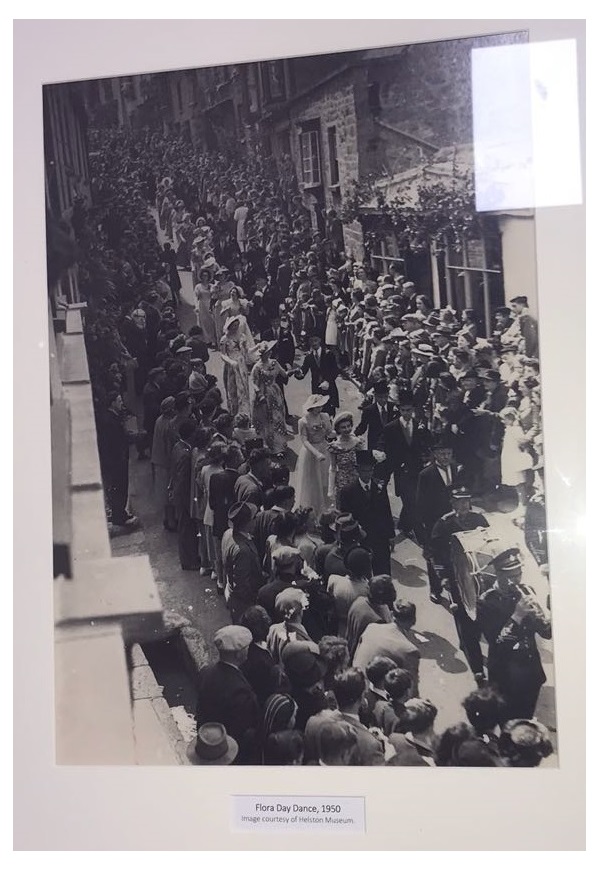
Image courtesy of Helston Museum.
Theatre poster for Sanders’ Britannia Theatre, Helston.
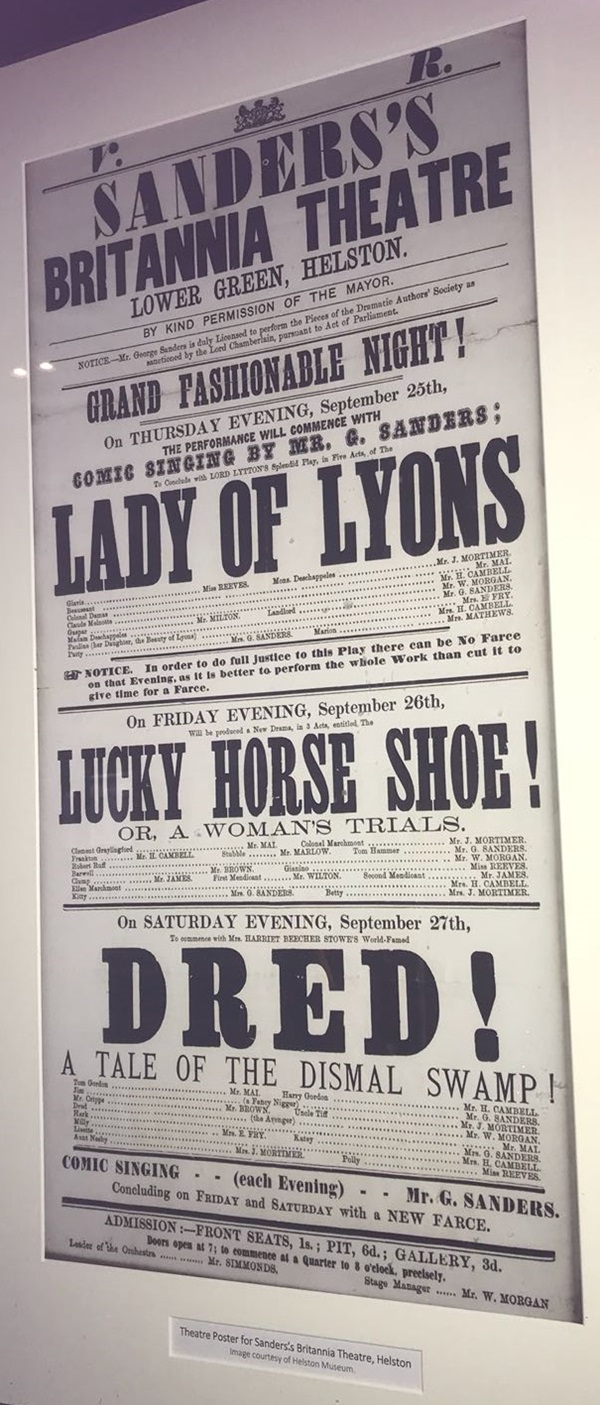
Image courtesy of Helston Museum.
An oil canvas entitled Stepping Stones Across the Cober, Helston, by Nigel Hallard.

An original safe and till.
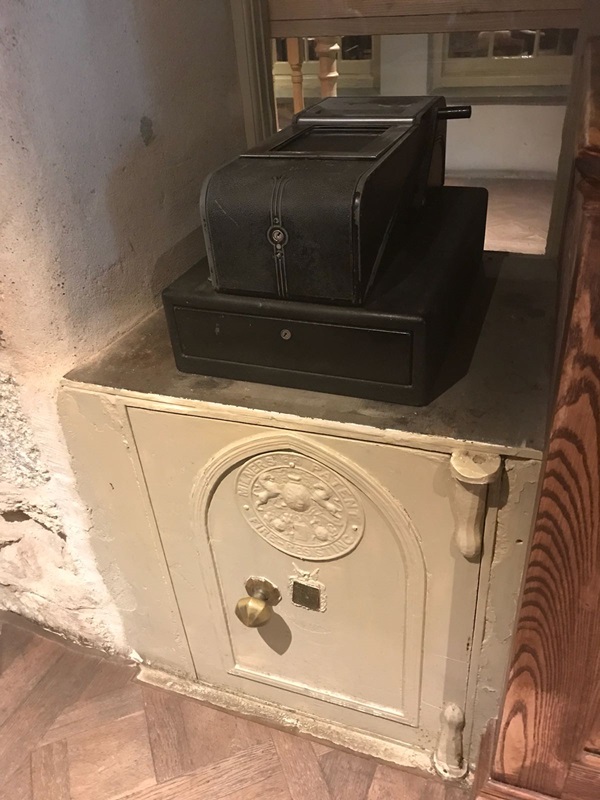
These period features date from 1935, when they were brought in by the previous owner – Oliver & Son. They were used regularly for recording daily transactions, the storage of payments received and the book keeping of items sold at these premises.
External photograph of the building – main entrance.
